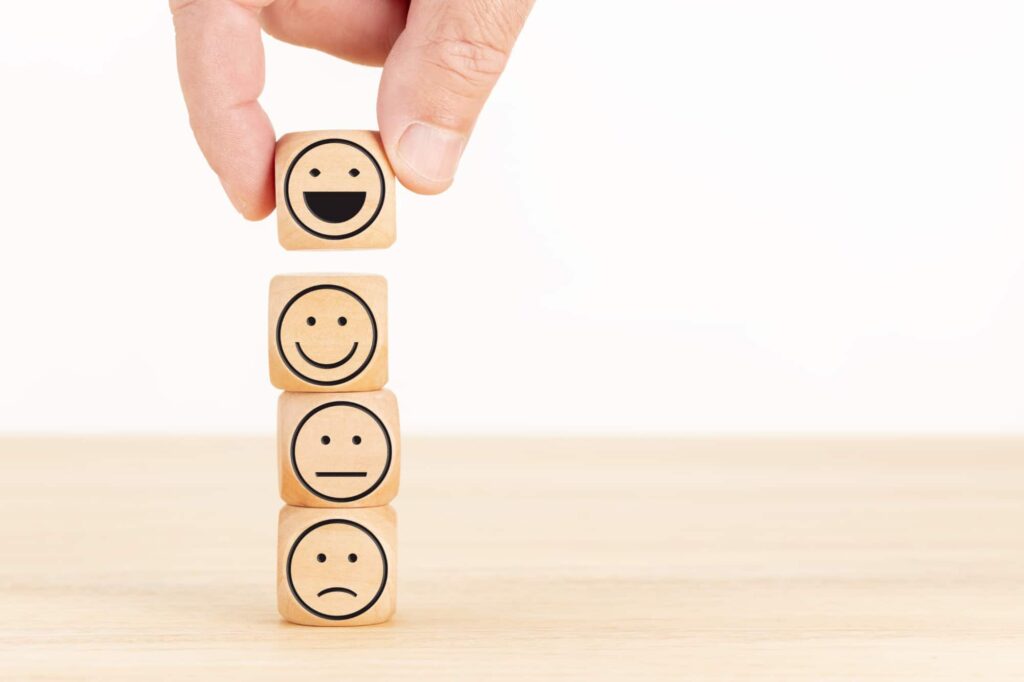Loyalty programs go by many different names (VIP programs, rewards programs, advantage programs, etc.). You’re probably a member of at…
Loyalty programs go by many different names (VIP programs, rewards programs, advantage programs, etc.). You’re probably a member of at least one. If not, you’ve definitely been pitched one. I know American Airlines won’t let you reach your destination without hearing their loyalty program pitch.
Customer loyalty programs are a marketing tactic used by small mom-and-pop shops and large corporations to boost their customer retention rate and repeat purchases. Members of loyalty programs are incentivized to make additional purchases from the business with discounts, upgrades, exclusive access, or free items. Today there are many ways to execute a loyalty program. Businesses can use the classic punch card, magnetic stripe card, or integrate with your point of sale system.
Growing up, a local ice cream shop had a loyalty program that operated on a punch card system. There were many times where our entire family went out for ice cream because of the promise of one free ice cream cone. This was a great program for the business, especially since I was prone to losing my punch card.
An example of a more high-tech customer loyalty program is Buffalo Wild Wings Blazin’ Rewards. This program captures points electronically when customers scan their receipt into the business’s mobile app. If you have a big family, it’s a great way to score big bucks off your next trip for wings.
These are just two examples of customer loyalty programs. One can easily be set up by a business of any scale, and the other is more involved. But if you’re interested in setting up your own customer loyalty program, there are methods and tactics for businesses of all budgets and sizes.
Here are 6 reasons you should set up a similar program:

According to Fundera, 69% of customers choose their retailer based on loyalty program rewards. That means If your competitor(s) have a loyalty program, you may be losing out even if your product is superior.
Reward programs are a widely used strategy. A 2017 Accenture study found that 90% of companies were using some form of customer engagement or loyalty program. So if you don’t have a loyalty program it’s likely that your competitor is using it as their point of difference.

When switching costs are high, customers keep coming back and remain a customer. Switching costs can be tied to money, time, effort, or a combination. But when switching costs are higher it creates loyalty by default.
One of the best ways to artificially inflate switching costs is by creating a rewards program. A rewards program associates purchases with loyalty points and exclusive offers. As customers earn and accumulate points towards their next reward, perceived switching costs rise. These rewards members, driven by fear of missing out on the rewards they have worked hard to earn, are more likely to stay than customers who aren’t in the program.

A VIP program gives customers an opportunity to feel like they’re part of an exclusive club. One example of this could be early access to a new product or service, prior to it becoming available to the public. Another way to make customers feel special is with tangible symbols of their superior loyalty level. For best results, send exclusive rewards. It could be a special hat, lapel pin, membership card, or even a digital status symbol (ex. top fan badge, exclusive Fortnite dance, etc.).

Microsoft found that 77% of existing customers will become even more brand loyal if customer feedback is requested and acted upon. With this in mind, you can grant early access to a product in exchange for your loyal customers’ feedback. This feedback can be used to improve your product or service before making it available to your wider customer base.

As part of a VIP program, there’s a great opportunity to incentivize sharing. A person could receive bonus reward points for referring a friend to the website either as a new sign-up or through spending money. It’s very easy for someone to recommend a brand if they’re engaged and a frequent buyer.
Additionally, VIP programs create referrals in their own right. According to the 2018 Bond Brand Loyalty report, >70% of buyers would recommend a brand if it has a good loyalty program.

VIP programs or loyalty rewards often include regular offers and opportunities that encourage a customer to check in frequently and see what’s new. This pattern leads to more interaction with a brand across social media, as well as on the brand’s website.

According to Fundera, loyalty program members spend between 12-18% more per year than non-loyalty program members. Providing a VIP program encourages customers to return to the business frequently to make additional purchases. With certain VIP benefits, such as a special discount, points program, or offer, this can increase the number of sales made, even at slower times of the year.
Loyalty programs can be the centerpiece of your customer retention strategy. A well-executed loyalty program can help reduce customer churn and boost customer satisfaction and loyalty. But make sure you are personalizing your program. According to the 2019 Bond Brand Loyalty report, just 22% of consumers are satisfied with the level of personalization they receive from loyalty programs. So make sure you send offers that are personalized to customer behavior and spending habits.
Copyright © 2017-2025 · Carbon Digital · All Rights Reserved.